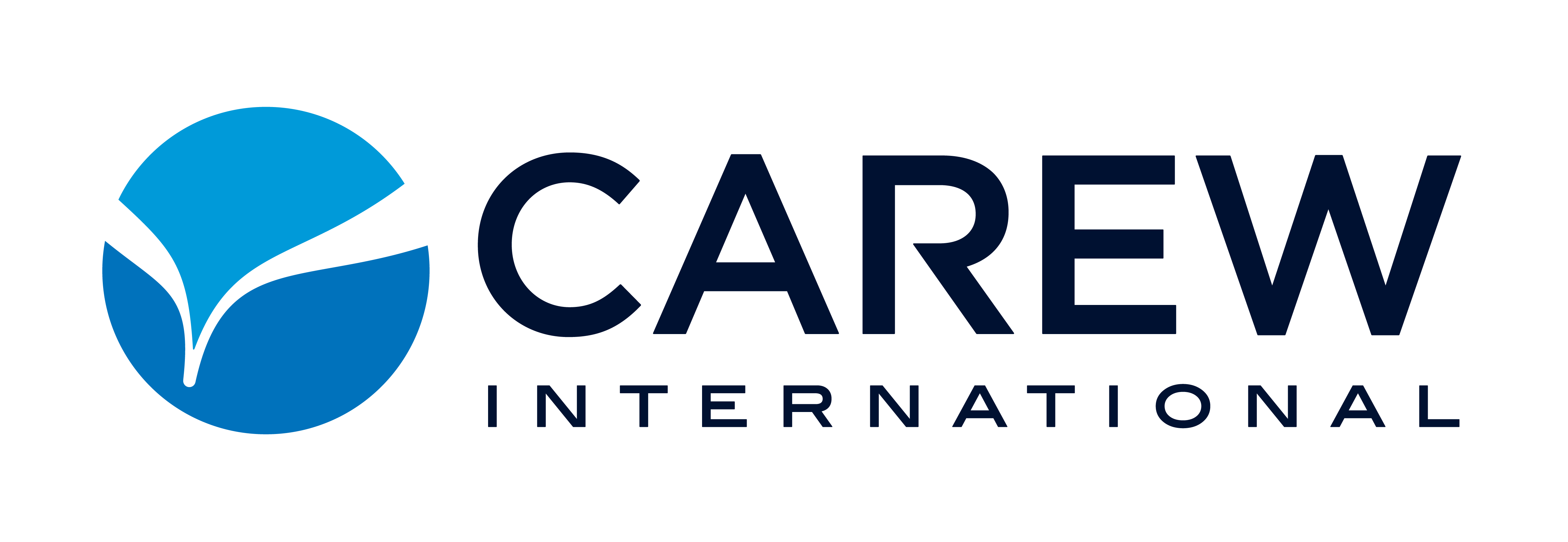You nailed the discovery. You asked all the right questions. You handled objections like a pro.
So why didn’t you win the deal?
Odds are… you didn’t ask for it.
75% of buyers won’t move forward unless you ask.
Yet 50% of sellers never actually do.
That’s not a stat problem. That’s a confidence problem.
It’s not always easy to close. It can feel awkward, or too pushy. You might worry you’ll scare them off. But if you’ve done your job and the fit is real, asking for the close isn’t pressure – it’s leadership.

Six Ways to Close
Here are six closing approaches that can help you lead with confidence – and help your buyer say yes.
1. The Indirect Close
“We’re ready to move forward. The next step is…”
You’re not asking. You’re stating. This method assumes the deal is done – because the signals are there. It only works if the buy-in is rock solid and you’re reading your audience right.
- Use when: You’ve gotten a firm verbal yes, seen strong buying signals, or they’ve already asked about implementation.
- Watch out for: Jumping the gun. If there’s any hesitation, this can feel like you’re steamrolling.
2. The Direct Close
“Would you like to move forward?”
Simple. Clean. Respectful. This is the kind of close that works well when your buyer needs space to make the final call. It invites them to make the decision, rather than being led there.
- Use when: You’ve done all the groundwork and they just need a gentle nudge.
- Watch out for: Lack of clarity. If you haven’t defined the value or solved a real problem, this will fall flat.
3. The Guidance Close
“Based on what we’ve discussed, I’d recommend XYZ.”
This is your expert moment. You’re not asking for the close, you’re offering professional guidance. If you’ve built enough trust and uncovered a real need, buyers appreciate direction.
- Use when: You’re dealing with a buyer who’s overwhelmed by options or indecisive.
- Watch out for: Skipping discovery. This only works if your recommendation is rooted in their goals, not your pitch.
4. The Choice Close
“Would you like the blue or the red option?”
Classic. Effective. You’re still assuming the close, but you’re giving them some agency in the process. This is great for moving past “whether or not” and into “how.”
- Use when: The buyer has already expressed interest, but is stalling on decisions.
- Watch out for: False choices. If neither option works for them, it backfires.
5. The Benefit Close
“Can we help you start increasing your productivity by 54%?”
Instead of focusing on the product, this reframes the conversation around outcomes. It reconnects your buyer to the results they want – and shows you’re focused on what matters to them.
- Use when: You’ve uncovered measurable goals during discovery.
- Watch out for: Overpromising. Be realistic with the benefit you’re offering.
6. The Next Step Close
“Since you still need to talk to ____, can I follow up with you next week?”
This one’s about control. Not pushy, just proactive. Instead of letting the buyer ghost you, you lock in the next step – on your terms. It keeps momentum moving forward without pressure.
- Use when: The buyer needs to loop in other stakeholders.
- Watch out for: Ending a call with “I’ll wait to hear from you.” That’s not a close. That’s a stall.
A Quick Reality Check
Not every deal will be a slam dunk. Sometimes, closing means walking away – or pressing pause. But more often than not, what separates high performers from everyone else isn’t their product knowledge or charm.
It’s that they ask.
And if that still feels uncomfortable? Shift your mindset. Closing isn’t something you do to someone. It’s something you do for someone.
If your solution genuinely helps, then offering to move forward is a service, not a sales tactic.

Closing Helps You Hit Your Numbers
Here’s the kicker – walking away from dead-end deals and confidently closing the right ones is how you protect your time, pipeline, and quota. It’s how you avoid wasting weeks nurturing a lead that was never real. And it’s how you make room for the buyers who are.
So don’t shy away from the close. Own it.

